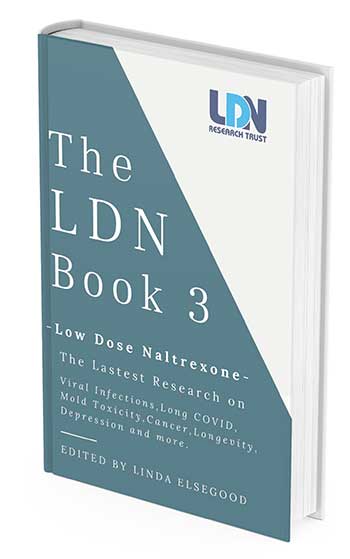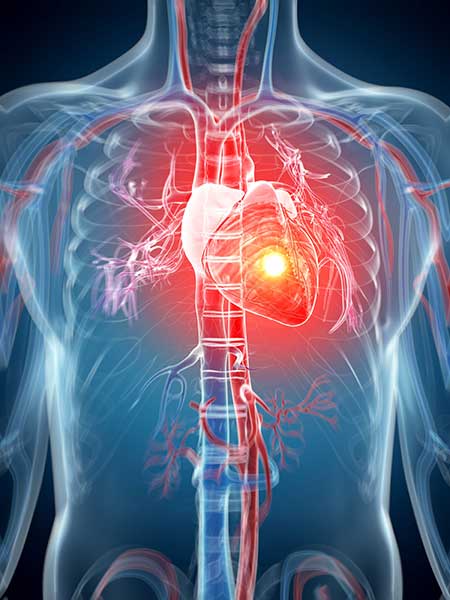Low dose naltrexone is a truly intriguing and unique medication that represents a new frontier in the management of a whole array of medical conditions. The citizens of the US are facing an almost exponential rise in the diagnosis of a widespread range of autoimmune diseases, leading to a health care crisis of almost unmanageable levels. There is no clear understanding for this rising occurrence, and no successful approach to effectively address and treat all these conditions.
Low Dose Naltrexone (LDN) may be an answer for many of these people suffering from the effects of these immune system disorders. LDN has shown tremendous promise as a treatment strategy for those individuals suffering from the associated pain, inflammatory, gastrointestinal, dermatologic, neurologic, and mental health issues.
The unique clinical action of LDN is unlike the vast majority of today’s medications, that are prescribed to treat a symptom. LDN’s actions in the body essentially influence the underlying circumstances that have become imbalanced; it is not treating any particular disorder. The main actions of LDN occur by substantially increasing the levels of endorphins and enkephalins in the body. The resultant increased effect of these two powerful mediators helps to positively modulate the immune system, increasing anti-inflammatory mediators in the body, and favorably influencing the endocrine system balance of thyroid, adrenal, and sex hormones.
The discovery of the effects of Low Dose Naltrexone is an interesting story, like many scientific breakthroughs, it really was an accidental finding. The higher regular dose of naltrexone is in the 50 to 150mg daily range. A Dr. Bernard Bihari, a New York City physician working with HIV patients in the early 1980’s discovered that naltrexone at doses 10 to 100 times less than traditional strengths has completely different physiologic actions in the body than the standard dosing.
Within this widespread range of clinical applications and every expanding base of physicians prescribing; newer dosing strategies are evolving resulting in even more successful clinical outcomes with broader understanding of LDN’s actions in the body.
There is no one-size-fits-all approach that is effective for all people. Tailoring the LDN dose to the individual person achieves the most favorable clinical outcomes. Our pharmacists, working together with your practitioner, will explore whatever means necessary to assist an individual in finding their most effective LDN dose.
Finding the right dose of LDN can lead to life changing health benefits.
It is the general belief of leading LDN researchers/practitioners that LDN, because of its far-reaching implications on the immune system, there is legitimate rationale for it being prescribed for many medical conditions; particularly considering its inexpensive cost and minimal side effect profile.




